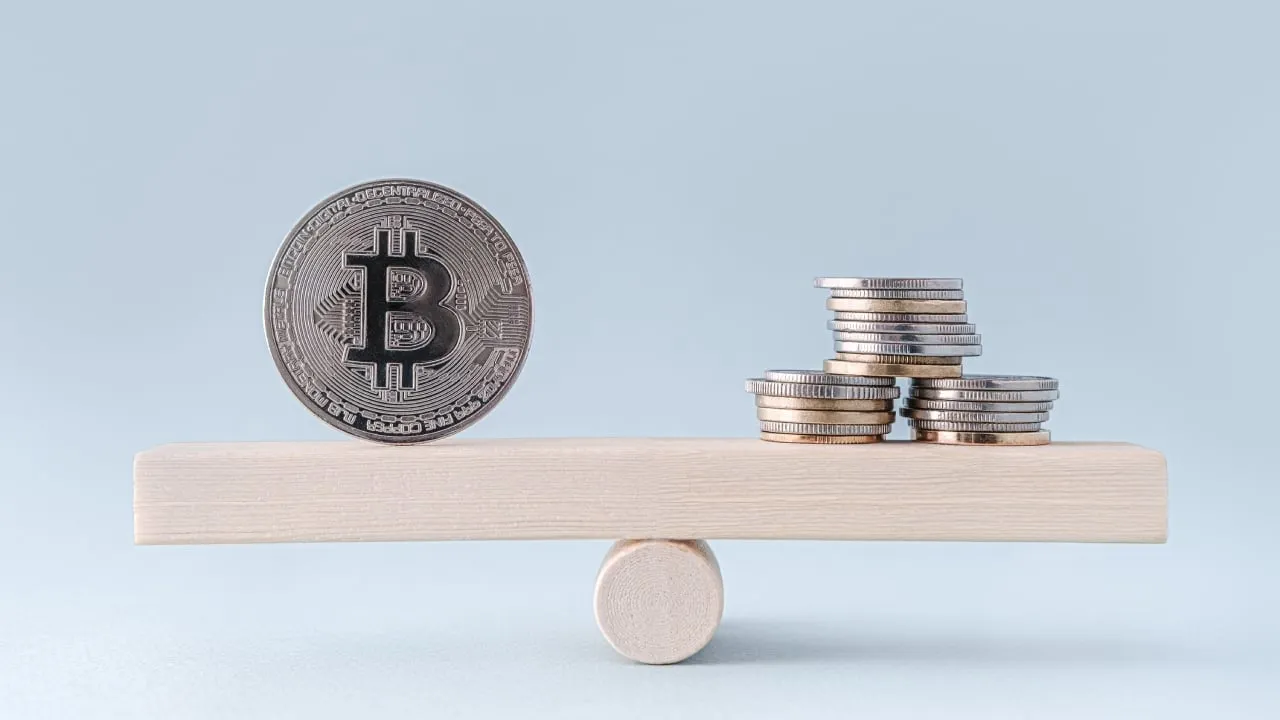Professor Andrew Urquhart is Professor of Finance and Financial Technology and Head of the Department of Finance at Birmingham Business School (BBS).
This is the third installment of the Professor Coin column, in which I bring important insights from published academic literature on cryptocurrency to the Decrypt readership. This week we’ll delve into how to price cryptocurrencies.
In any market, one of the most important questions is ‘what drives the expected returns of the assets?” This age-old question has been studied thousands of times by academics, investment banks, traders and hedge funds in equity markets.
One of the most popular findings that helped Eugene Fama earn the Nobel Prize for Economics in 2013 is the Fama-French factors, which show that the market excess return, the outperformance of small versus big companies, and the outperformance of high book-to-market versus low book-to-market firms help explain stock returns.
They have extended this to a Fama-French five-factor model which includes a profitability and investment factor, and has been shown to be quite successful at explaining equity returns.
But how do we price cryptocurrencies where there are no balance sheets and therefore we cannot get information on book-to-market ratios, or the investment performance of the firm?
This has been a popular area to study in the cryptocurrency literature, as cryptocurrency prices are notoriously volatile and hard to predict.
One of the most important works, a 2022 paper by Yukun Liu, Aleh Tsyvinski and Xi Wu, studied a range of pricing factors known in equity markets that can be applied to cryptocurrencies (such as size, momentum, volume and volatility), finding that the excess market return, size and momentum are priced in over 1,800 cryptocurrencies, and helping to explain the returns. This result suggests that pricing cryptocurrencies is not that dissimilar to equity stocks.
A follow-up paper by Siddharth Bhambhwani, George M. Korniotis and Stefanos Delikouras takes advantage of information investors can gather from blockchains. The paper explores whether two blockchain-base factors, namely the computing power and the size of the network, help explain the cross-section of cryptocurrency returns. The authors show that these two factors help explain the returns and suggest that blockchains offer information that may help price cryptocurrencies above market data (such as the price, volume and volatility).
Finally, a very recent paper by Athanasios Sakkas and myself goes beyond the previously mentioned work and creates 13 factors based on on-chain data from over 35 different blockchains.
These factors are based on holdings of whales, the movement of coins, network value, and level of decentralization of crypto holdings. By using a sophisticated technique to capture the performance of these factors together, the paper shows that a very simple model including the excess returns of the market and the distribution of the network, explains cryptocurrency returns above any other factor found in the previous literature. Specifically, investors require a premium for holding cryptocurrencies with a low level of decentralization, or as the authors call it, the "whale premium."
Therefore, cryptocurrencies may not be that different to equity markets when trying to price them—but given the huge amount of data available on blockchain, there is some value in using this information in predicting the future value of cryptocurrencies.
Edited by Stephen Graves
For more information, see:
Bhambhwani, S., Delikouras, S., Korniotis, G. M. (2023). Blockchain characteristics and the cross-section of cryptocurrency returns. Journal of International Financial Markets, Institutions and Money, 86, 101788.
Liu, Y. Tsyvinski A. (2021). Risks and returns of cryptocurrency. Review of Financial Studies, 34, 2689-2727.
Liu, Y., Tsyvinksi, A., Wu, X. (2022). Common risk factors in cryptocurrency. Journal of Finance, 77, 1133-1177.
Sakkas, A., Urquhart, A. (2024). Blockchain factors. Journal of International Financial Markets, Institutions and Money, 94, 103012.

